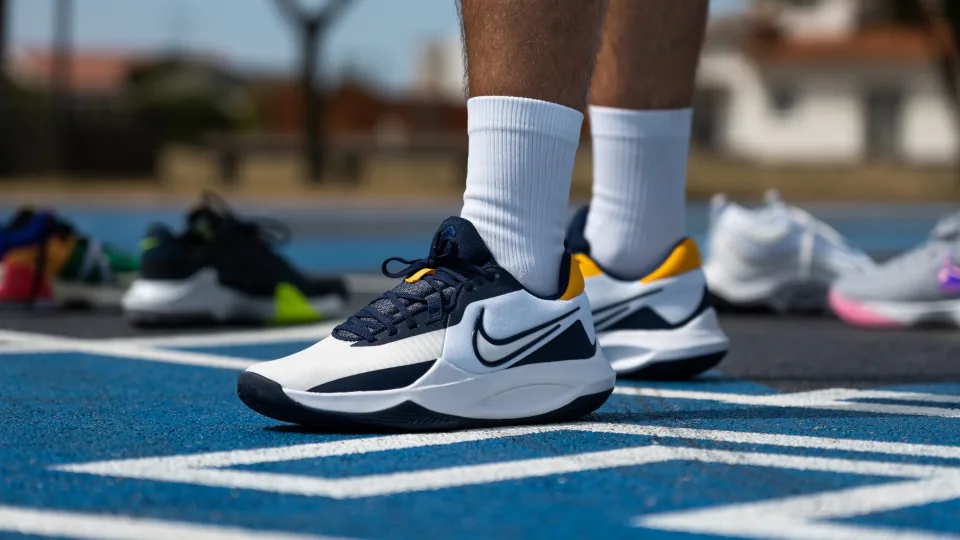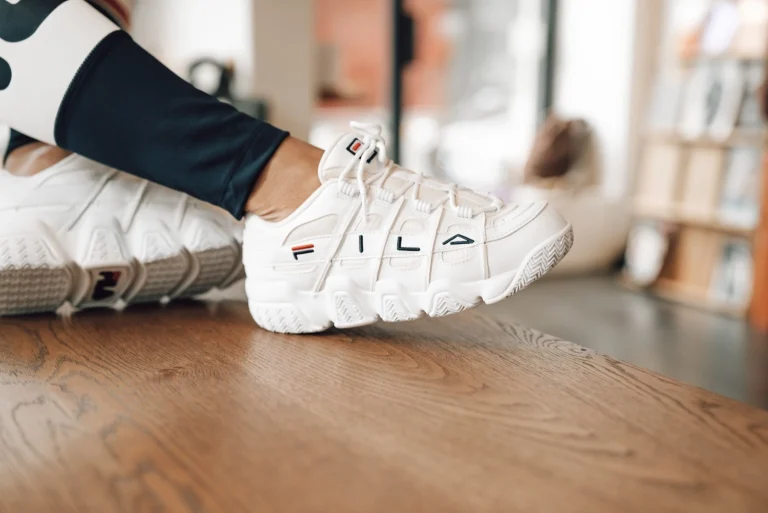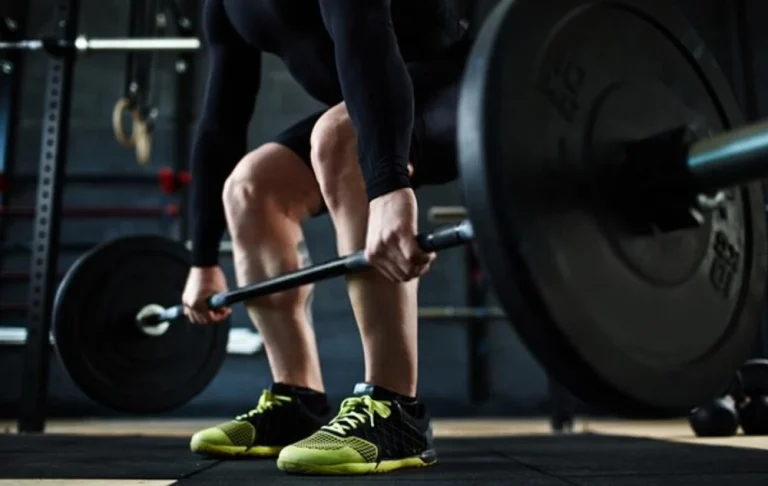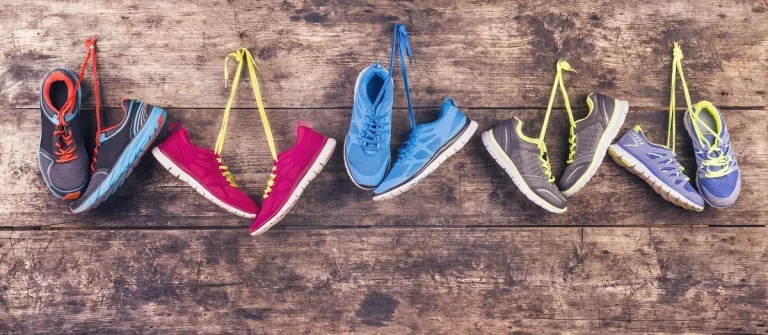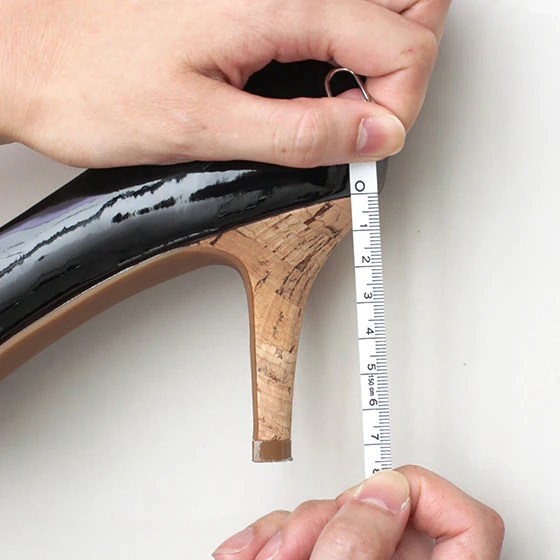Are Tennis Shoes Good For Lifting?
When it comes to weightlifting, having the right footwear is crucial for optimal performance and safety. One common question that arises is whether tennis shoes are suitable for lifting. In this article, we will delve into the topic and provide a comprehensive analysis of the pros and cons of using tennis shoes for weightlifting.
The Anatomy of Tennis Shoes
To determine the suitability of tennis shoes for lifting, it is important to understand their anatomy. By examining the design and structure of tennis shoes, we can gain insights into how they may affect lifting performance.
Understanding the anatomy of tennis shoes provides valuable insights into their design and functionality. The upper material, midsole, outsole, toe box, heel counter, and lacing system all contribute to the overall performance and comfort of tennis shoes during lifting exercises.
Read More: Best Asics Tennis Shoes
Read More: Best Tennis Shoes Under $100
The Pros and Cons of Using Tennis Shoes for Lifting
When considering whether tennis shoes are suitable for lifting, it is important to weigh the advantages and disadvantages they offer. In this section, we will explore the pros and cons of using tennis shoes for weightlifting to help you make an informed decision.

Pros of Using Tennis Shoes for Lifting
Versatility
Tennis shoes are designed for multi-directional movements, making them suitable for various exercises, including weightlifting. They offer flexibility and allow for a wide range of motion during lifts.
Comfort
Tennis shoes often have cushioning in the midsole, providing comfort and shock absorption. This can be beneficial during heavy lifts that put pressure on the feet and joints.
Breathability
Many tennis shoes feature breathable materials, such as mesh, which allow air circulation and help keep the feet cool and dry during intense workouts.
Cost-Effective
Compared to specialized weightlifting shoes, tennis shoes are generally more affordable and accessible, making them a budget-friendly option for those starting out or on a tight budget.
Cons of Using Tennis Shoes for Lifting
Lack of Specificity
Tennis shoes are not specifically designed for weightlifting. They may lack certain features, such as a raised heel or a rigid sole, which are beneficial for optimal lifting technique and performance.
Stability Limitations
While tennis shoes offer some stability, they may not provide the same level of stability as weightlifting shoes. This can be a concern, especially during heavy lifts that require a solid base of support.
Traction Variability
The traction of tennis shoes can vary depending on the specific model and the type of surface. Some tennis shoes may have a more aggressive tread pattern, which can hinder smooth movements during lifts.
Using tennis shoes for lifting has its advantages, including versatility, comfort, breathability, and affordability. However, they may lack the specificity and stability offered by dedicated weightlifting shoes.
Read More: Best Tennis Shoes For Overweight Walkers
The Role of Stability in Weightlifting
Stability plays a crucial role in weightlifting exercises. It is essential to have a solid and secure base of support to maintain proper form, prevent injuries, and maximize lifting performance. In this section, we will explore the significance of stability in weightlifting and evaluate whether tennis shoes provide the necessary stability required for lifting.

Importance of Stability in Weightlifting
Form and Technique
Stability is vital for maintaining proper form and technique during weightlifting movements. It helps distribute the load evenly and allows for efficient force transfer, reducing the risk of injury and optimizing performance.
Balance and Control
Having stability enables better balance and control throughout the lifting process. It helps prevent unnecessary movements or shifts in body position, allowing for more precise and controlled lifts.
Joint Support
Stability in footwear helps support the joints, particularly the ankles and knees, which are heavily involved in weightlifting exercises. Adequate stability reduces the risk of sprains, strains, and other joint-related injuries.
Evaluating the Stability Offered by Tennis Shoes
Shoe Construction
Tennis shoes typically have a wider base and a supportive upper, which can contribute to overall stability. However, they may not provide the same level of stability as specialized weightlifting shoes that are specifically designed for lifting.
Sole Rigidity
The rigidity of the sole is an important factor in stability. While tennis shoes offer some level of rigidity, weightlifting shoes often have a stiffer sole, providing enhanced stability and a solid platform for lifting.
Heel Support
Weightlifting shoes often feature an elevated heel, which helps improve stability by promoting proper posture and alignment during lifts. Tennis shoes, on the other hand, generally have a flatter heel, which may not offer the same level of stability for certain lifting techniques.
Stability is a crucial aspect of weightlifting, contributing to proper form, balance, control, and joint support. While tennis shoes can provide some level of stability due to their construction and design, they may not offer the same level of stability as specialized weightlifting shoes.
Cushioning and Impact Absorption
Cushioning and impact absorption are important considerations when choosing footwear for weightlifting. These factors can significantly impact comfort, joint health, and overall lifting performance. In this section, we will analyze the impact of cushioning on lifting performance and assess the cushioning properties of tennis shoes.

Impact of Cushioning on Lifting Performance
Comfort
Cushioning in footwear helps absorb the impact of each step or jump, providing a more comfortable lifting experience. It reduces the strain on joints and muscles, allowing for longer and more productive lifting sessions.
Joint Protection
Proper cushioning helps protect the joints, such as the knees and ankles, from excessive impact and stress. It can minimize the risk of joint-related injuries, such as tendonitis or stress fractures, during weightlifting exercises.
Stability and Balance
Cushioning plays a role in maintaining stability and balance during lifts. It helps to distribute the force evenly, preventing sudden shifts or instability that could compromise lifting technique and safety.
Assessing the Cushioning Properties of Tennis Shoes
Midsole Construction
Tennis shoes often have a midsole that provides cushioning. The materials used, such as foam or gel, determine the level of cushioning and impact absorption. However, the cushioning in tennis shoes may not be as substantial as that found in specialized weightlifting shoes.
Balance of Cushioning and Stability
While cushioning is beneficial, it is important to strike a balance between cushioning and stability. Excessive cushioning can compromise stability, affecting lifting technique and performance. Tennis shoes generally offer a moderate level of cushioning that caters to a variety of athletic activities, including weightlifting.
Traction and Grip
Traction and grip are crucial factors to consider when selecting footwear for lifting. Having proper traction and grip ensures stability, prevents slips or falls, and allows for efficient force transfer during lifting exercises. In this section, we will discuss the importance of traction and grip and evaluate the traction and grip offered by tennis shoes.
Importance of Traction and Grip in Weightlifting
Stability and Balance
Having good traction and grip helps maintain stability and balance during lifts. It allows you to maintain a solid connection with the ground, reducing the risk of slipping or losing control of the weight.
Force Transfer
Effective force transfer is essential for generating power and maximizing lifting performance. Adequate traction and grip enable you to push against the ground with greater efficiency, translating into more effective lifts.
Injury Prevention
Proper traction and grip help prevent slips, slides, or sudden movements that can lead to injuries. They provide a secure footing, reducing the risk of accidents and maintaining a safe lifting environment.
Evaluating the Traction and Grip of Tennis Shoes
Outsole Design
Tennis shoes typically have a rubber outsole that offers decent traction on various surfaces. However, the level of traction can vary depending on the specific model and the type of surface. Some tennis shoes may have a more aggressive tread pattern, providing better grip.
Surface Compatibility
Tennis shoes are primarily designed for court surfaces, which may have different traction requirements compared to weightlifting platforms or gym floors. While tennis shoes can provide adequate traction for general lifting exercises, they may not offer the same level of grip as specialized weightlifting shoes.
Conclusion
The suitability of tennis shoes for lifting depends on various factors. Tennis shoes offer versatility, comfort, breathability, and affordability, making them a viable option for weightlifting. They provide some level of stability and cushioning, which can be beneficial for general lifting exercises.
However, it is important to note that tennis shoes may lack the specificity and advanced features found in dedicated weightlifting shoes. Weightlifting shoes often have a raised heel, a rigid sole, and enhanced stability, which can optimize lifting technique and performance.





